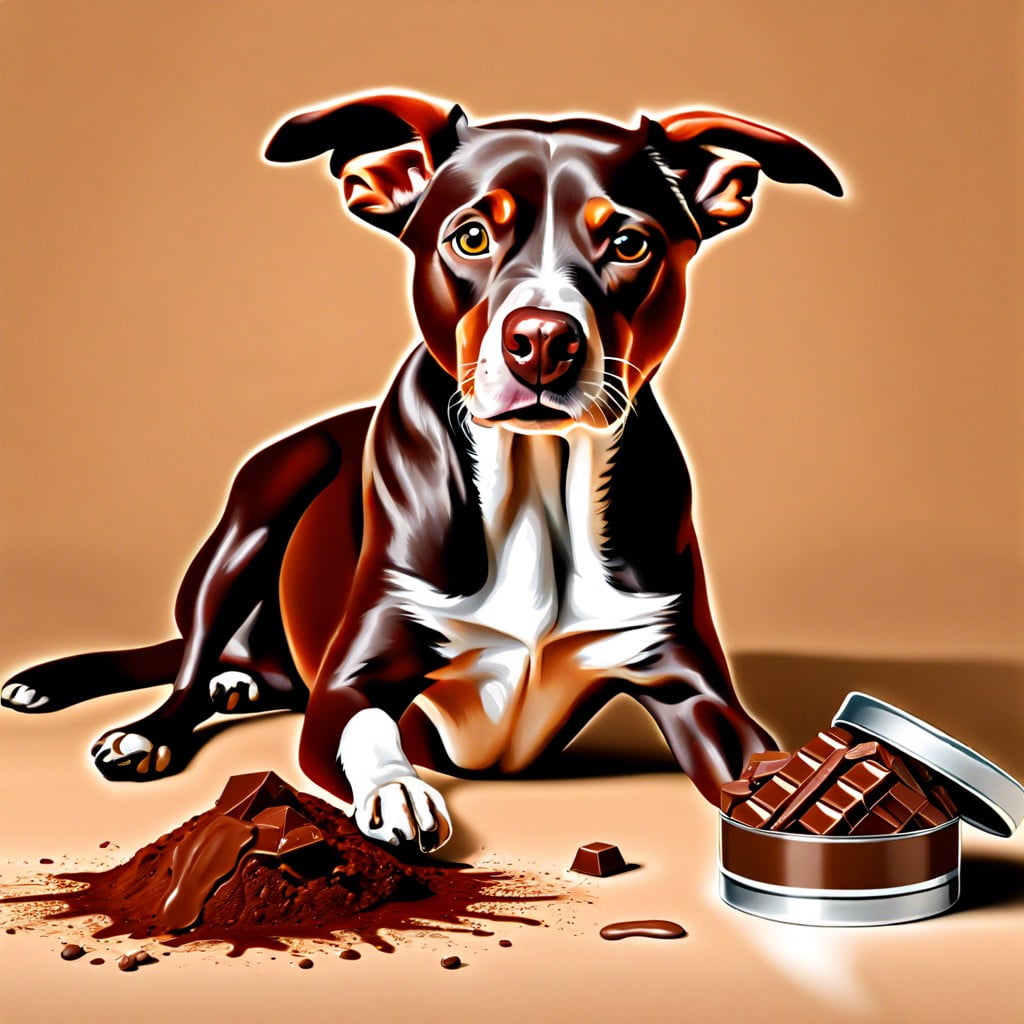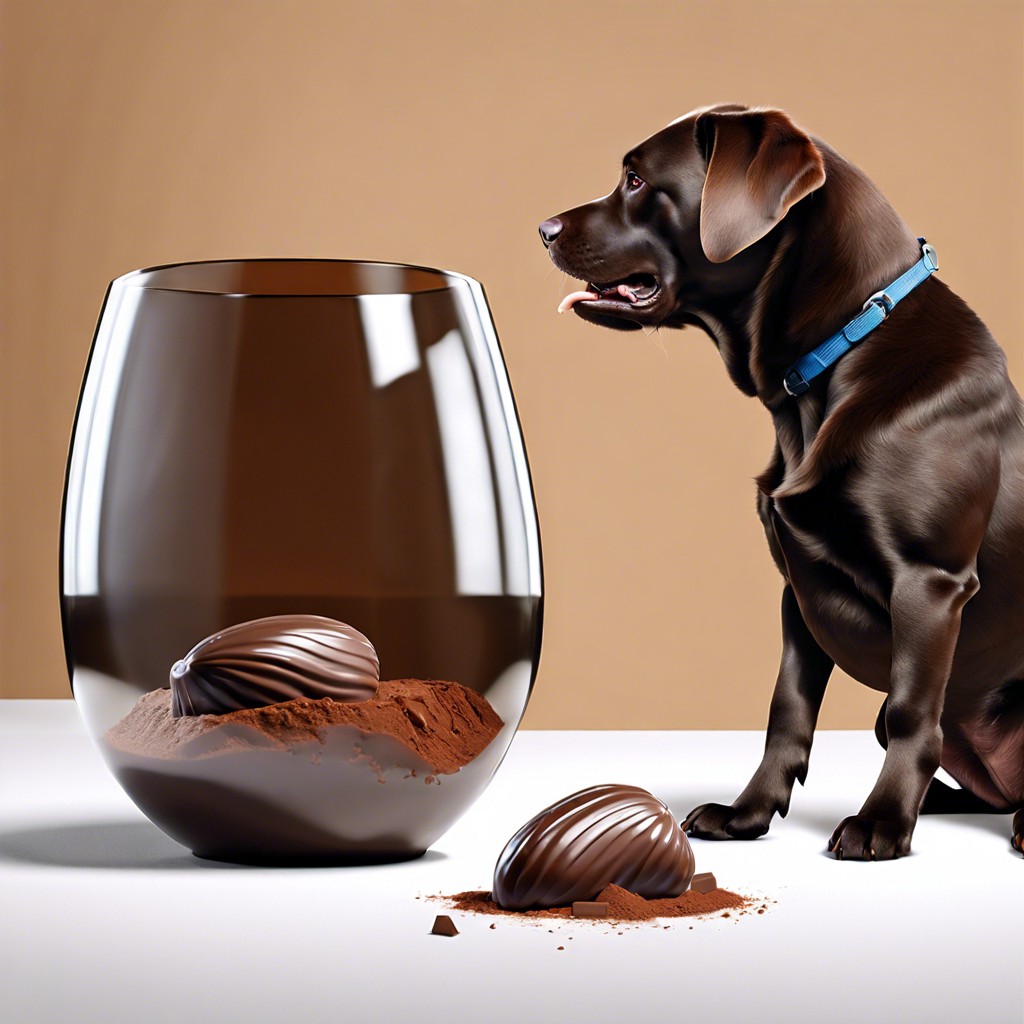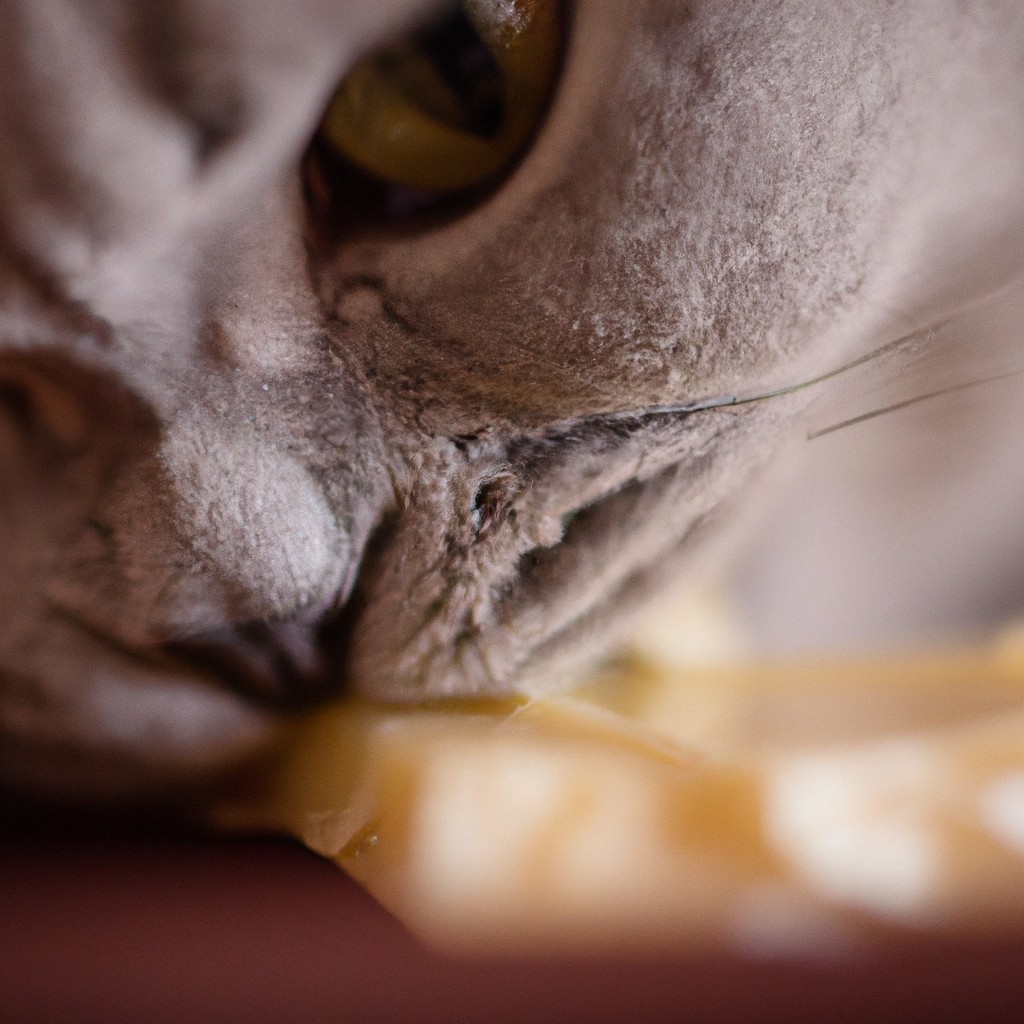This article outlines the urgent matter of chocolate ingestion by dogs, detailing the toxicity effects and timeframes.Chocolate contains theobromine and caffeine, two stimulants that dogs cannot efficiently metabolize. If a dog consumes chocolate, the severity of the symptoms and the time it takes for them to manifest depend on the size of the dog, the type of chocolate ingested, and the amount. Symptoms can appear within one to four hours and may include vomiting, diarrhea, restlessness, increased heart rate, and seizures.The prognosis for a dog that has ingested chocolate ranges from mild gastrointestinal upset to severe central nervous system dysfunction, cardiac complications, and, in rare cases, death. The onset of severe symptoms can occur within 12 to 24 hours post-ingestion. However, this timeframe can vary, and without prompt veterinary care, the situation can become critical within hours.For any suspected chocolate ingestion, immediate veterinary consultation is critical. Treatment may involve inducing vomiting, administering activated charcoal to prevent further absorption of the toxins, and supportive care such as intravenous fluids and medications to manage symptoms like seizures or heart arrhythmias.Preventive measures are paramount. Always keep chocolate well out of reach of pets and educate others about the risks. In case of accidental ingestion, knowing the type and quantity of chocolate consumed can aid veterinarians in prompt treatment, potentially saving the dog’s life.
Key takeaways:
- Chocolate is toxic to dogs due to theobromine and caffeine.
- Symptoms of chocolate poisoning include vomiting, diarrhea, restlessness, and seizures.
- Immediate actions if a dog eats chocolate: assess, note symptoms, contact a vet, do not induce vomiting, keep remaining chocolate/packaging.
- Treatment options for chocolate poisoning include activated charcoal, intravenous fluids, and medication.
- Preventive measures: store chocolate out of reach, clear leftovers, educate others, create a pet-friendly zone, have dog-safe treats available.
Inside
Chocolate Is Toxic to Dogs

Theobromine and caffeine, both present in chocolate, are the compounds that make it dangerous for dogs. While humans can easily metabolize these stimulants, dogs process them much more slowly, allowing toxic levels to build up in their system.
Dark chocolate and unsweetened baking chocolate, which contain higher levels of theobromine, are particularly hazardous, though milk and white chocolate can also pose a risk in larger amounts.
Factors such as the type of chocolate, the amount consumed, and the size of the dog determine the level of toxicity. Small doses might cause mild symptoms like upset stomach, while larger quantities can lead to severe poisoning and, in extreme cases, death.
Always be mindful of keeping chocolate inaccessible to dogs and be informed about the specific threats posed by different chocolate types.
Signs of Chocolate Poisoning in Dogs
Vomiting and diarrhea often occur shortly after ingestion, indicating gastrointestinal distress. Hyperactivity and restlessness may also be observed as the stimulants in chocolate affect the dog’s nervous system.
As the poisoning progresses, symptoms can escalate to tremors, irregular heartbeat, seizures, and in severe cases, heart failure. Dark chocolate and baking chocolate have higher levels of theobromine and caffeine, making them more dangerous.
The onset of symptoms can vary from as little as 2 hours to as long as 24 hours after ingestion. Monitoring your dog closely for any changes in behavior or physical condition is crucial if you suspect they have consumed chocolate.
Immediate Actions If Your Dog Eats Chocolate
If your dog has ingested chocolate, act immediately by following these steps:
1. Assess the amount and type of chocolate consumed, as different chocolates contain varying levels of theobromine, the toxic component for dogs.
2. Note your dog’s weight and symptoms, as this information is crucial for the veterinarian to determine the severity of the poisoning.
3. Contact your veterinarian or an emergency animal hospital right away. Be ready to provide details about your dog’s size, the chocolate type, and the amount eaten.
4. Do not induce vomiting unless specifically instructed by a professional, as this can cause additional complications.
5. Keep any remaining chocolate or packaging to help the veterinarian understand exactly what was ingested. This aids in administering the correct treatment.
Treatment Options for Chocolate Poisoning
Upon confirmation of chocolate ingestion, veterinarians may administer activated charcoal to prevent further absorption of the toxins into the bloodstream. In more severe cases, they may induce vomiting to remove the substance from the stomach, provided it is within two hours of ingestion and the dog is stable.
Intravenous fluids may be used to aid in metabolite elimination and to address dehydration. Medications may also be prescribed to control heart rate, blood pressure, and to prevent seizures. The prognosis is often positive when treatment is prompt and comprehensive.
Continuous monitoring will be crucial to assess the dog’s response to treatment and to make any necessary adjustments.
Preventive Measures to Keep Chocolate Away From Dogs
Safeguarding your home to ensure your canine companion’s safety is crucial. Store all chocolate products in high, secure cabinets, far from curious paws. Use childproof locks on pantry doors and refrigerator drawers if necessary.
When baking or enjoying chocolate treats, remain vigilant. Clear leftovers immediately and dispose of wrappers where your dog can’t rummage through the trash. Educate everyone in the household, including children, about the dangers of feeding chocolate to dogs.
During festivities or gatherings, assign a pet-friendly zone away from the sweets table. Consider using pet barriers or keeping your dog in a separate room during such events. Always have an alternative dog-safe treat on hand to satisfy your pet’s curiosity without causing harm.




